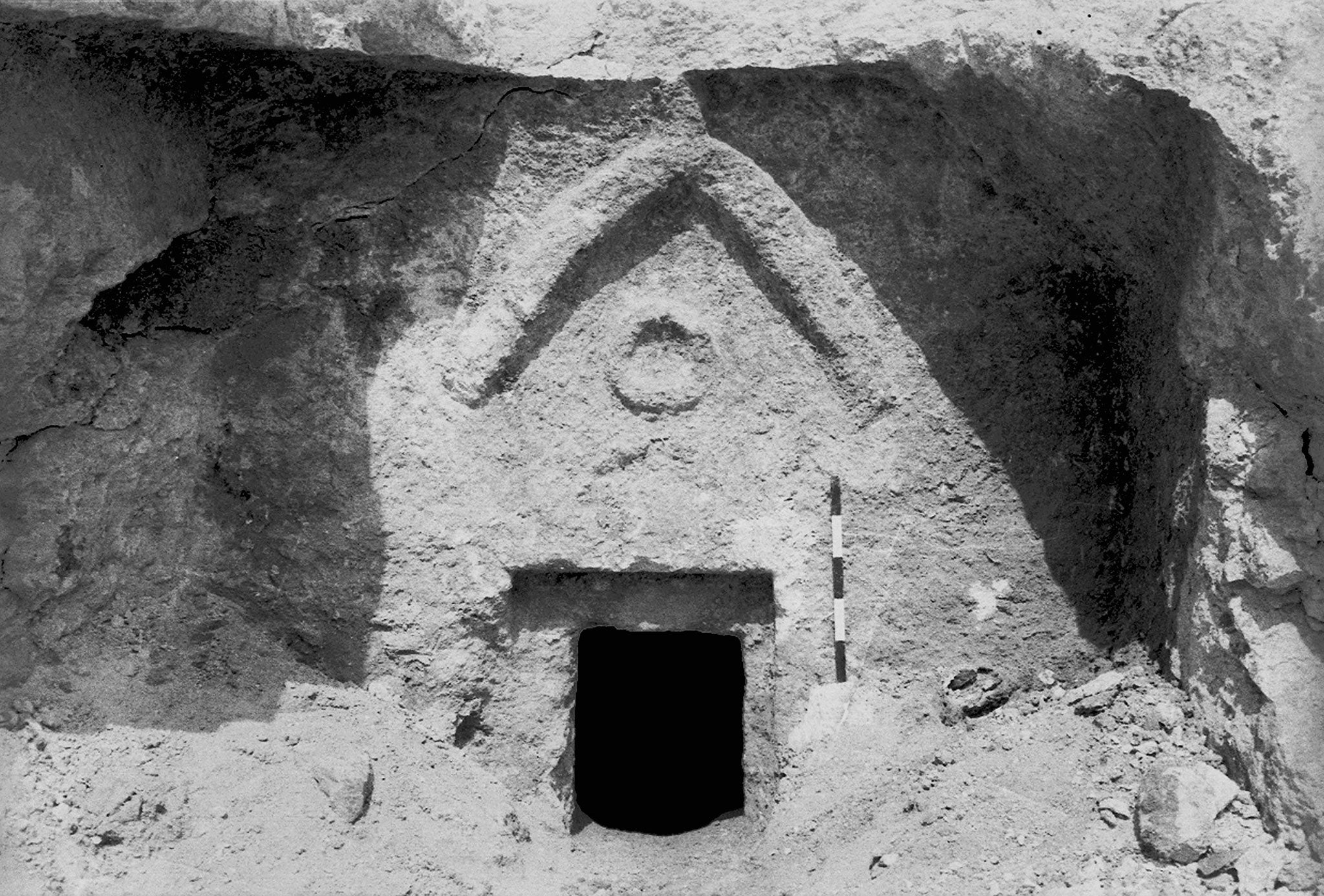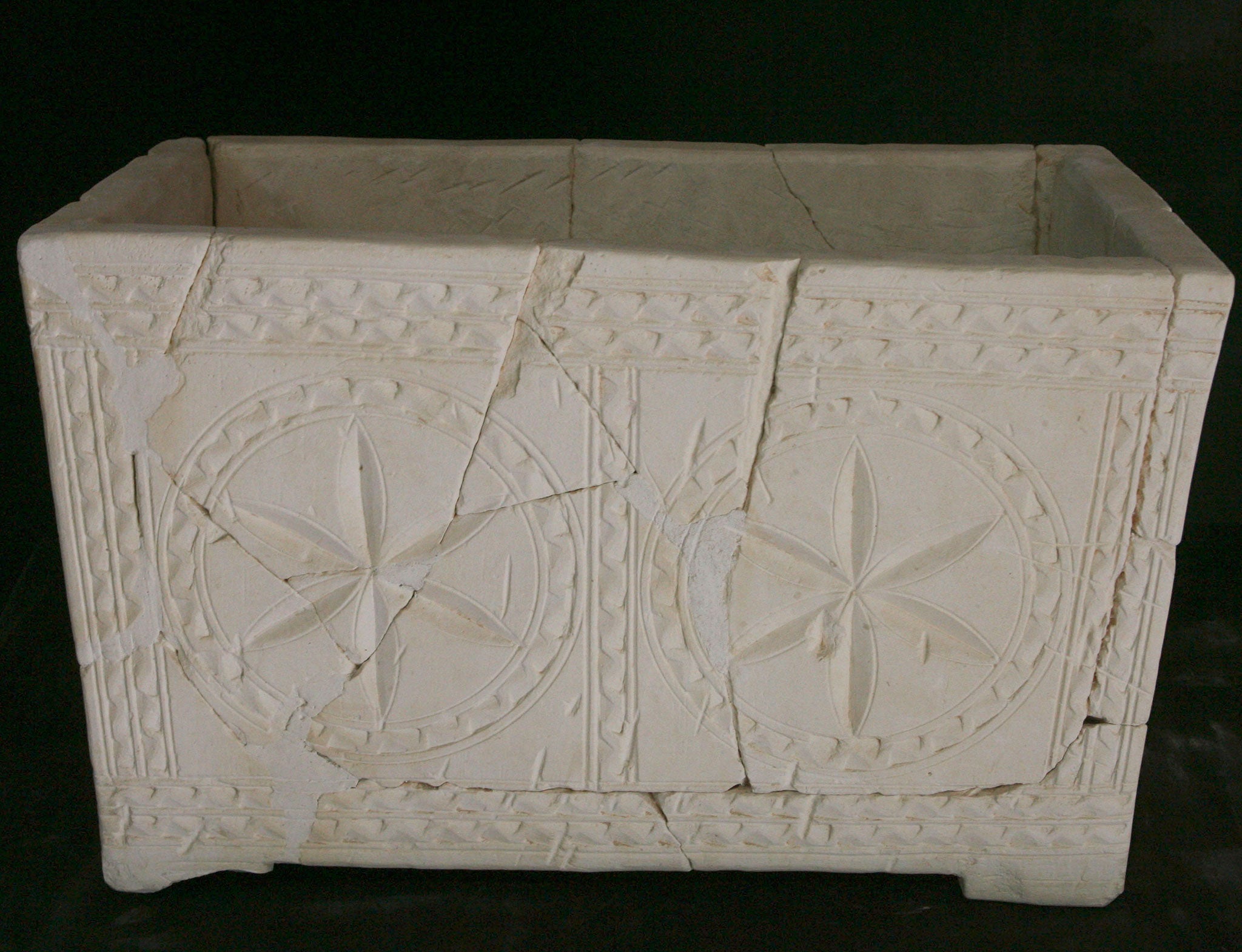The lost tomb of Jesus? Scientist claims he has 'virtually unequivocal evidence' that could help explain the whereabouts of Christ's remains
Evidence also points to Jesus having married and had a son, geologist says – but his findings are likely to prove controversial

A geologist in Jerusalem claims to have found “virtually unequivocal evidence” that could reopen the controversy over the final resting place of Jesus Christ.
Dr Aryeh Shimron says he has carried out new tests that suggest it is more likely the Talpiot Tomb, a burial site found in East Jerusalem in 1980, was a family grave for Jesus of Nazareth, his wife Mary Magdalene and his son Judah.
Dubbed “The Lost Tomb of Jesus” in a 2007 documentary movie directed by James Cameron, the chamber contained nine burial boxes or “ossuaries” inscribed with the names “Jesus son of Joseph”, “Mary” and other names associated with the New Testament.
The inscriptions and the approximate dates of burial have led some to suggest the Talpiot Tomb means Jesus married, that he fathered a child, and that the existence of bodily remains means the Resurrection could never have happened.
The controversial claims were refuted on a variety of grounds at the time of the film’s broadcast – not least on the basis that the names were all relatively common at the time.
Yet speaking to the New York Times, Dr Shimron has said that geochemical tests on a 10th ossuary make it highly likely the box was recently removed from among the others in the Talpiot Tomb.

That’s significant because the Aramaic inscription on the 10th ossuary reads “James son of Joseph brother of Jesus” – adding weight to the suggestions that the names are those of Jesus Christ and his family.
“The evidence is beyond what I expected,” Dr Shimron said. “I think I’ve got really powerful, virtually unequivocal evidence that the James ossuary spent most of its lifetime, or death time, in the Talpiot Tomb.”
The geochemical tests, carried out under Dr Shimron’s supervision largely by the Israel Antiquities Authority, worked on the basis that the ossuaries in the Talpiot Tomb were all once covered by the same clay with a very distinctive mineral make-up.
While the results are likely to rekindle the debate surrounding the possible remains of Jesus, they are still far from accepted in scientific circles. The collector who owns the James ossuary told the Times Dr Shimron’s work determines nothing “conclusively”, while other Jerusalem archaeologists say they await its publication in a peer-reviewed journal.
Join our commenting forum
Join thought-provoking conversations, follow other Independent readers and see their replies
Comments